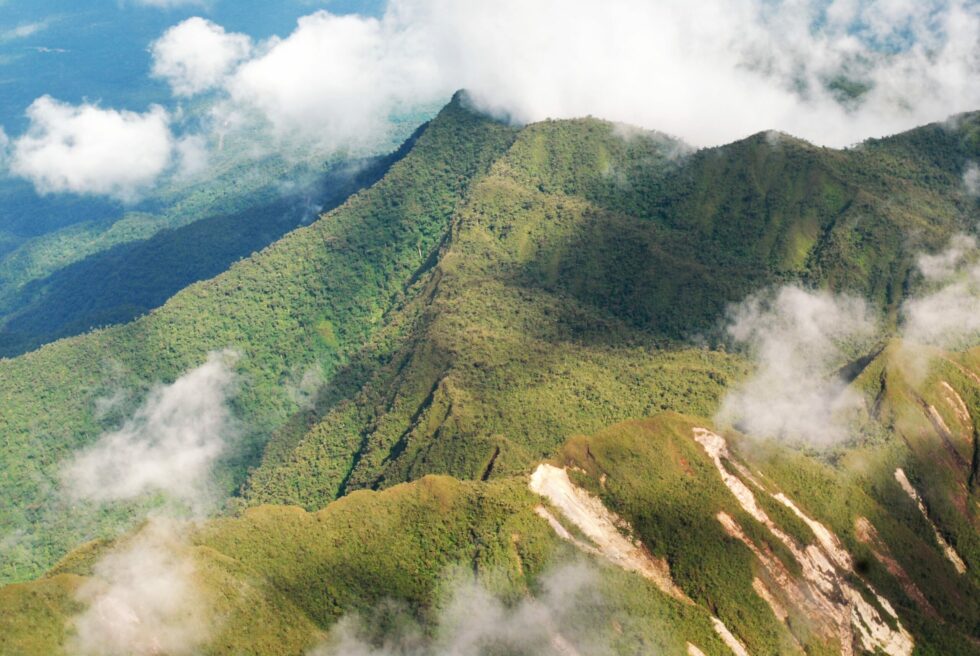[:en]
Lima, February 12, 2021.- The Ministry of Culture has taken an important step towards the protection of the uncontacted kakataibo indigenous people this Thursday with the approval of the study that supports the creation of the North and South Kakataibo Indigenous Reserves, in the Peruvian Amazon.
Proposals for two indigenous reserves have been filed: North Kakataibo (96,043 hectares) and South Kakataibo (52,952 hectares), since the territory of the Kakataibo is divided in two by the Federico Basadre highway, inaugurated in 1943.
The territory of the Kakataibo people encompasses the foothills of the Cordillera Azul at the headwaters of the Pisqui, Aguaytía, San Alejandro and Zungaruyacu rivers and extends towards the Ucayali plain. This area is populated both by Kakataibo indigenous people living in communities, and by groups belonging to the Kakataibo indigenous people who have chosen to take refuge in the forest, where they lead an itinerant life, refusing contact with the national society.
The Kakataibo native communities, through their representative organization Fenacoka, have been demanding for over two decades the protection of their uncontacted brothers, in view of the growing invasions of settlers and the strong pressures of illegal activities that their traditional territories are suffering. To this end, Fenacoka receives technical support from the Instituto del Bien Común.
The president of Fenacoka, Herlin Odicio, said that the good news brough him great satisfaction after 22 years of work by Fenacoka and its base communities. “This is a great step forward. The work was not easy. We thank all the institutions that worked for the good of our uncontacted brothers. Today I can feel confident to see some advancement, but we will continue to fight till the indigenous reserves become a reality”.
“This is the last opportunity we have to support the survival of the Kakataibo peoples in isolation, given the strong pressures that exist in the area”, said Miguel Macedo, anthropologist from IBC and member of the team that prepared the Study that supports the creation of the two Kakataibo. “This approval gives us hope that the process will end soon and that the presence of the State in the area will be consolidated, to face the invaders and other threats”.
The decision to give the green light to the categorization of indigenous reserves was unanimously adopted by the Multisectoral Commission responsible for Recognition of uncontacted and initial contact indigenous peoples and creation of indigenous reserves.
The Commission is made up of representatives of ministries, local provincial and regional governments related to the proposals, as well as representatives of indigenous organizations.
Like other uncontacted populations, the Kakataibo are highly vulnerable to incursions by external agents who carry out activities that generate deforestation and impact the fauna and other forest resources that are essential for the survival of the isolated population. Furthermore, these incursions often lead to violent acts against the indigenous population.
Uncontacted populations are highly vulnerable to contagion of diseases unknown to them, against which they lack antibodies. Thus, a simple flu can cause high mortality among them.
In Peru, 14 uncontacted indigenous peoples have been identified. To date, four indigenous reserves have been created in order to protect these populations, there is one territorial reserve being adapted the Indigenous Reserve category, and requests have been filed for six additional reserves, including aforementioned Kakataibo reserves.
#kakataibo #piaci #ibcperu #aislados #ibcperu
[:]








CONVOCATORIA PARA CONSULTOR(A) LEGAL Proyecto “Science/Indigenous Knowledge Unite to Reduce Forest...